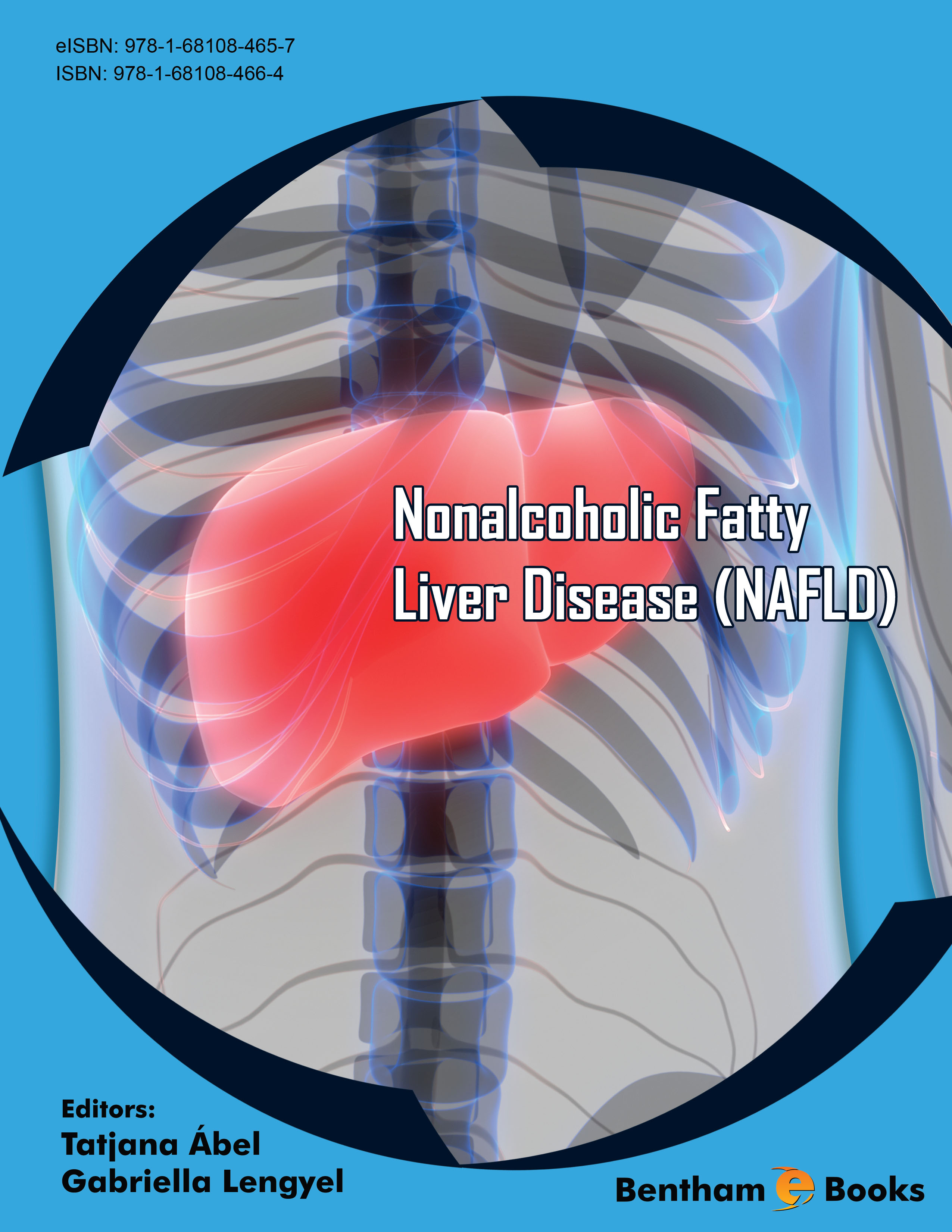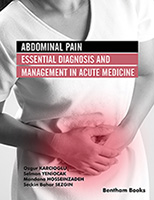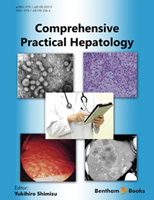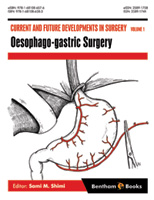Introduction
Non-alcoholic fatty liver disease (NAFLD) is a common cause of elevated liver enzymes and chronic liver disease in Western countries. NAFLD is characterized by elevated liver enzymes in the absence of alcohol consumption and secondary causes of liver disease. It is an independent predictor of future risk of cardiovascular diseases, type 2 diabetes and metabolic syndrome (hypertension, abdominal obesity, dyslipidemia, glucose intolerance).
This book is a quick reference guide for medical students and professionals about NAFLD. Readers will find a summary of epidemiology, clinical features, diagnosis, imaging techniques, histopathology, and disease management. The book also presents information about NAFLD linked with hepatocellular carcinoma and guidelines for treating NAFLD in pediatric patients. Each chapter presents information in a simple, structured manner making this text an ideal handbook for supplementing hepatology modules in medical curricula.





